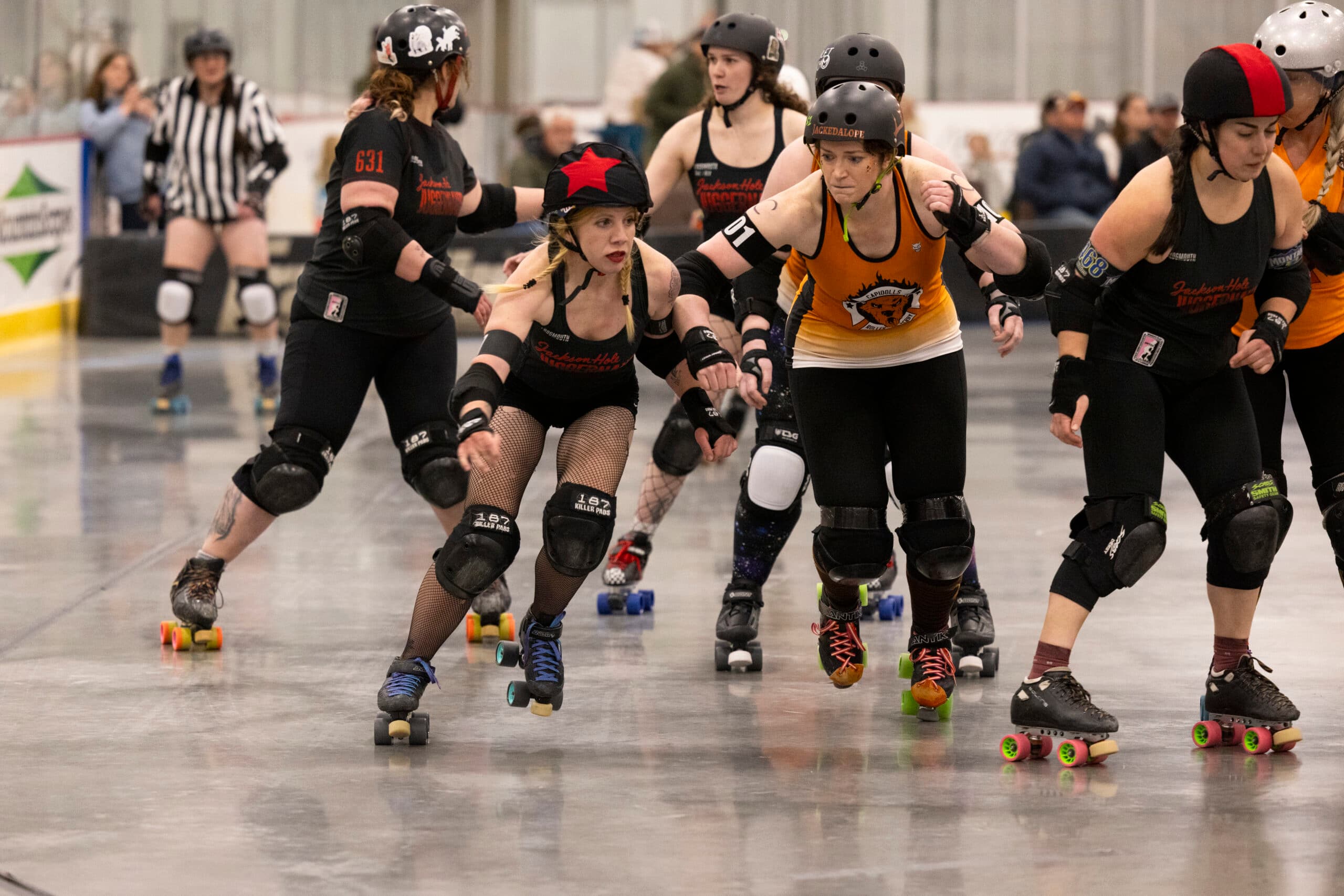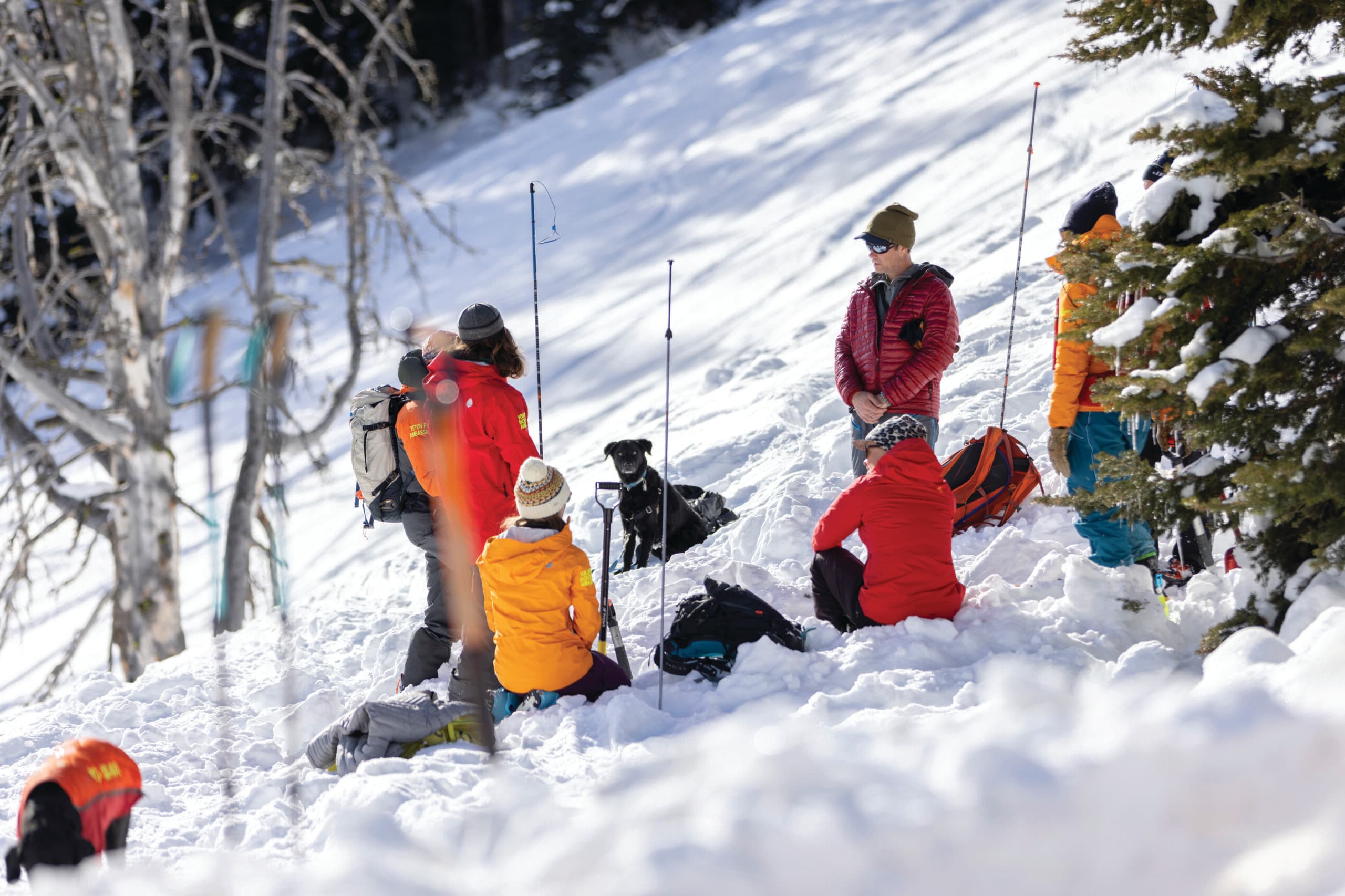Resurrecting History
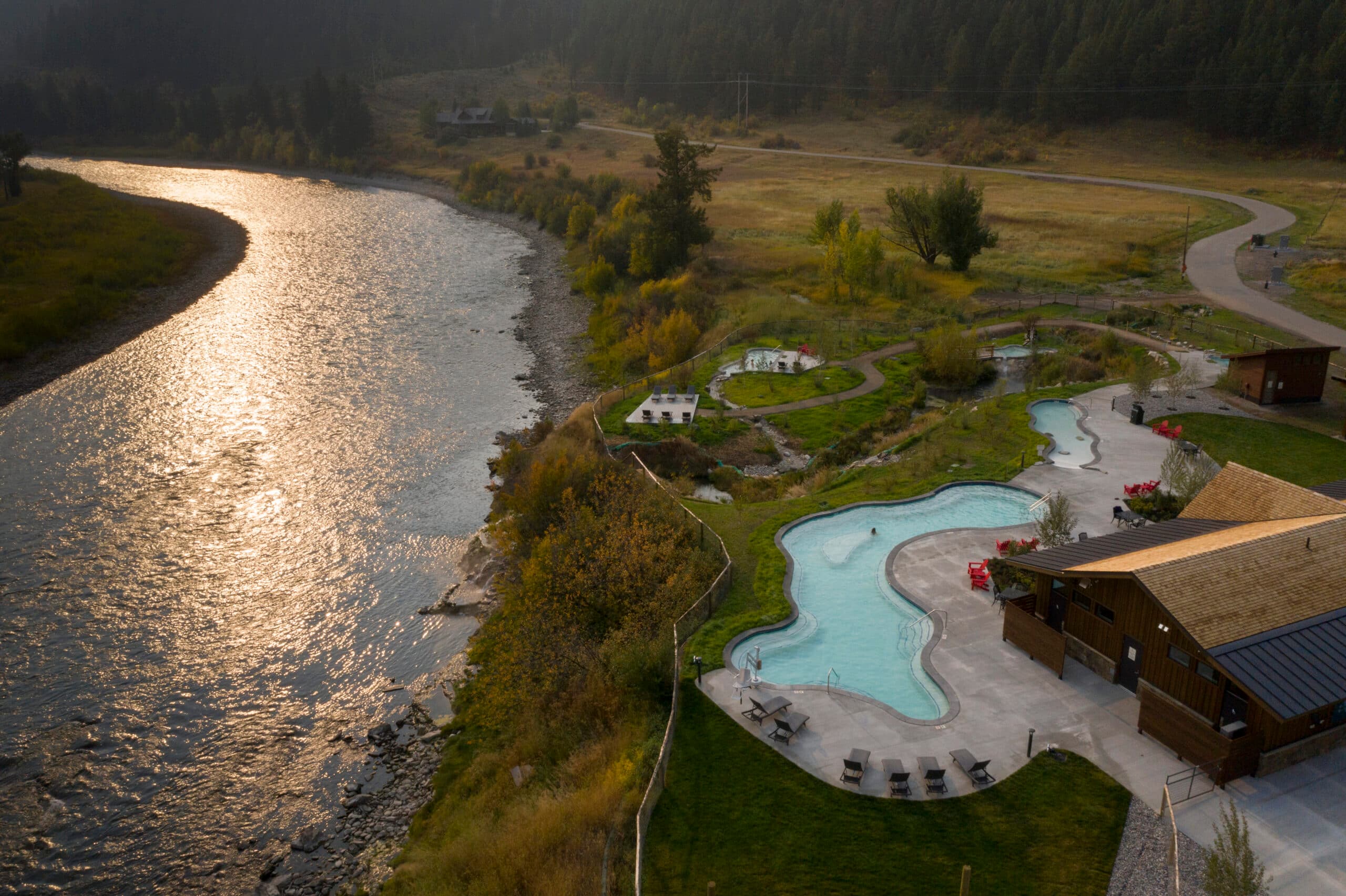
Astoria Hot Springs has attracted a parade of visitors through the centuries
Relaxing in the mineral-rich river pool at the newly constructed Astoria Hot Springs, it’s easy to soak your cares away—at least for a moment.
Not to be confused with the free, unregulated hot springs located a quarter of a mile upriver on the other side, Astoria boasts five pools, a bath house, a picnic pavilion, and a playground all perched above the Wild and Scenic-
designated Snake River. But this modern facility—freshly opened in September of 2020—is just the most recent, exciting chapter in Astoria’s centuries-long, evolving story.
Native Americans, including Bannock, Blackfeet, Crow, Gros Ventre, and Shoshoni, frequented the area before the 1800s, soon to be followed by American Fur Company trappers—employees of John Jacob Astor, known as Astorians—who came through the area seeking their way west to the Columbia River. (They wisely avoided taking their dugout canoes down the Snake in its pre-dam state.) In the early 1900s, gold prospector Johnny Counts became the first long-term inhabitant at Astoria, a place he called Counts Hot Spring or Johnny Counts Flats. Counts spent many years looking for gold from the Snake and its nearby tributaries before passing the property along to other homesteaders.
Jackson businessman Robert “Bruce” Porter purchased Astoria around 1960 from the Goe family and opened its forty-by-eighty-foot rectangular pool—one of the only swimming destinations in the area—to the community a few years later. For the next thirty years, locals flocked to Astoria and the public pool to enjoy the naturally warm mineral waters, take swim lessons, attend birthday parties, and hang out with friends by the river. It was just far enough from town to feel special for locals, and two campgrounds hosted them and tourists from farther afield.
Bruce Porter’s great-granddaughter, Nikki Gill, spent the summers of her youth at the pool. Her family owned and managed the facilities, and she remembers Astoria in its heyday being accessible to everyone.
“It didn’t matter how much money you had. … It was affordable,” she says. When the Gill family was forced to sell the property in 1998, the Jackson community mourned the loss of its iconic gathering spot. Jackson was changing.
“It was the end of an era and Astoria was one of the last holdouts of old Jackson,” Nikki says.
Astoria Hot Springs and its surrounding acreage entered a twenty-year dormancy, its fate hanging in the balance. The land changed private hands multiple times and, eventually, community leaders started hatching a plan for how they might acquire it and return it to the public.
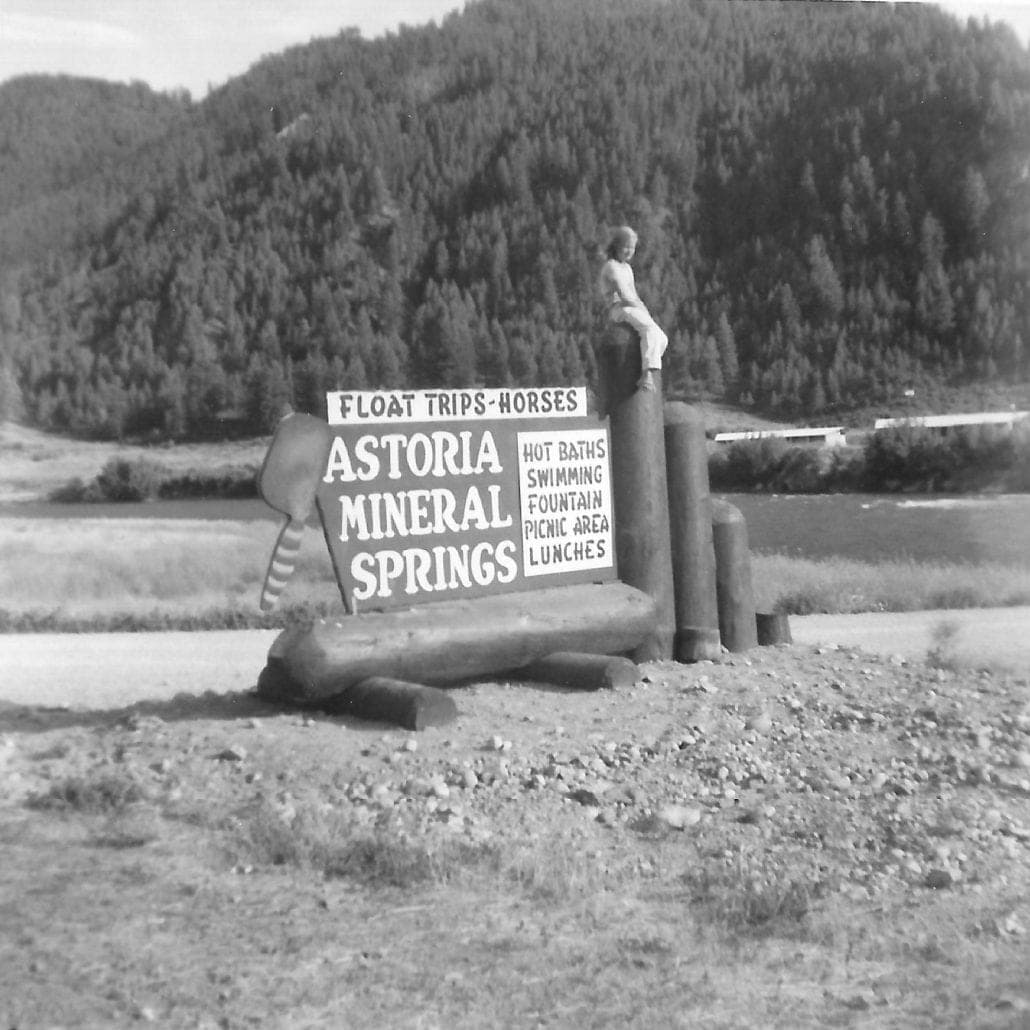
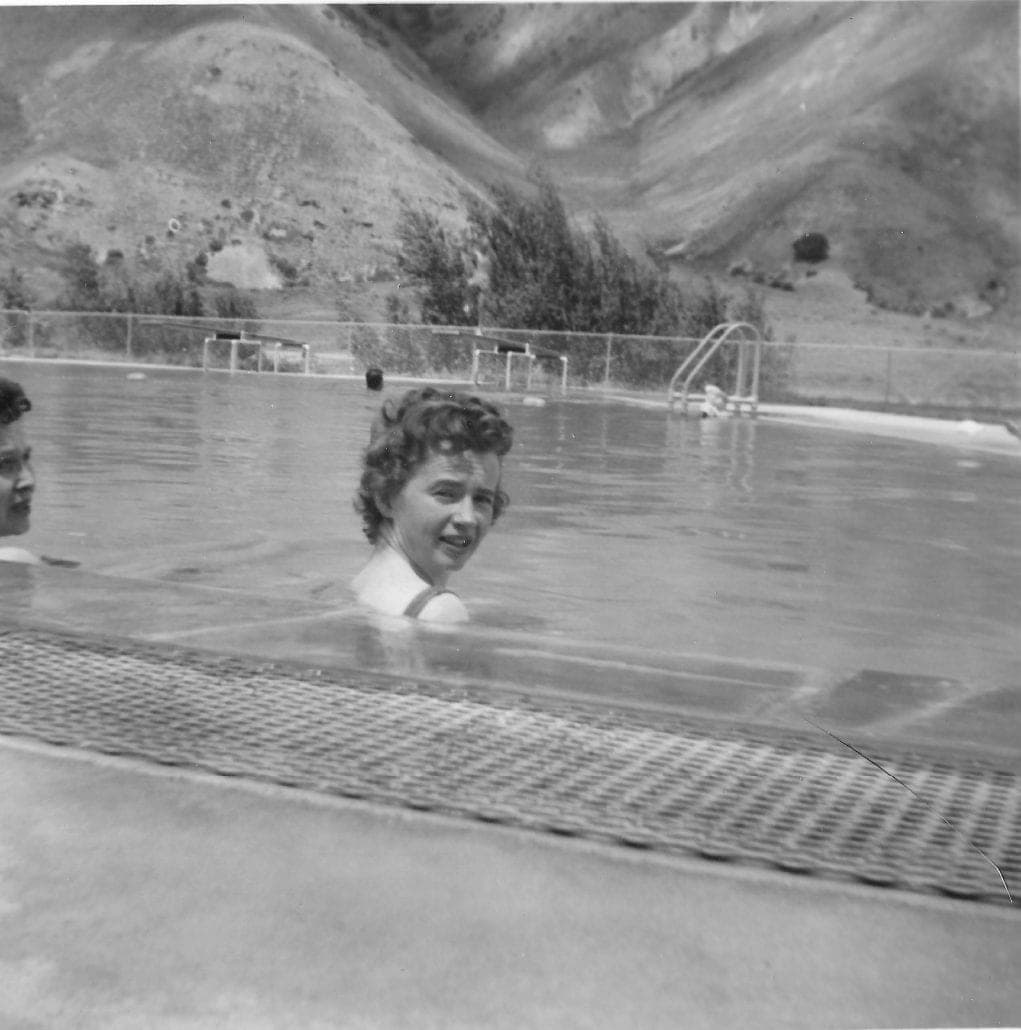


Enter the Astoria Park Conservancy in 2018. After a multi-year, donor-intensive $6 million dollar campaign, in partnership with the Trust for Public Land and enthusiasm from passionate volunteers like Nikki and other Jackson locals, the Conservancy secured the one-hundred-acre property now known as Astoria Hot Springs Park. Starting in 2019, phase one entailed designing, building out, and landscaping the five-acre pool and picnic areas. Astoria manager Todd Seeton, who helped manage nearby Granite Hot Springs for more than two decades, explained how beneficial it was to begin with a clean slate. “It was state of the art in that we were able to start from scratch with new pools and designs for the property,” he says.
Paige Byron Curry, Astoria Park Conservancy’s executive director, started swimming at Astoria in the 1980s. She finds great purpose in preserving this open space for all, wildlife included.
“There are multiple mini-habitats that are influenced by the geothermals and have longer seasons, making the habitat unique, compared to upriver and downriver,” Paige says, referring to the one-hundred-acre property. “The three ponds have warmer temperatures and provide bird habitat. There is a huge wetlands meadow providing feed for ungulates and birds.”
Future plans for the property include hiking trails, wildlife viewing improvements, interpretive kiosks, fishing ponds, and a venue for private events. Before beginning phase two, however, Astoria and its community supporters are enjoying the return of the hot springs to the public for the first time in more than two decades.
For Teton Valley visitors, expect about an hour’s drive to Astoria. (Make a nice clockwise loop out of it by going there via Teton Pass and Jackson, then returning to Victor by way of Alpine, Wyoming, and Swan Valley, Idaho.) Cross the historic red bridge off of U.S. Highway 26 and turn left into the parking lot by the bathhouse. There is a local’s price of $14 per person, which includes Teton County, Idaho, residents. Pool passes are available, yet you should still call ahead and/or make reservations online, a feature added during the Covid-
19 pandemic to prevent crowding. Natural hot springs individually feed all five pools and are free of chlorine (except the Children’s Pool). Pools vary in temperature from 90°F to 104°F.
What does this most recent chapter in Astoria’s history signify? “It showed that our community is still willing to fight for its health and soul,” Nikki Gill says. And for Paige Byron Curry, the story is twofold: “For me, it’s always been about the people—you’ll always feel welcome at Astoria—and to co-create a park with the community to preserve one-hundred acres with two miles of riverfront.”
The work that went into bringing back this regional treasure is a lot to reflect on, maybe during a good warm soak overlooking the storied Snake River.
More info: astoriahotspringspark.org.
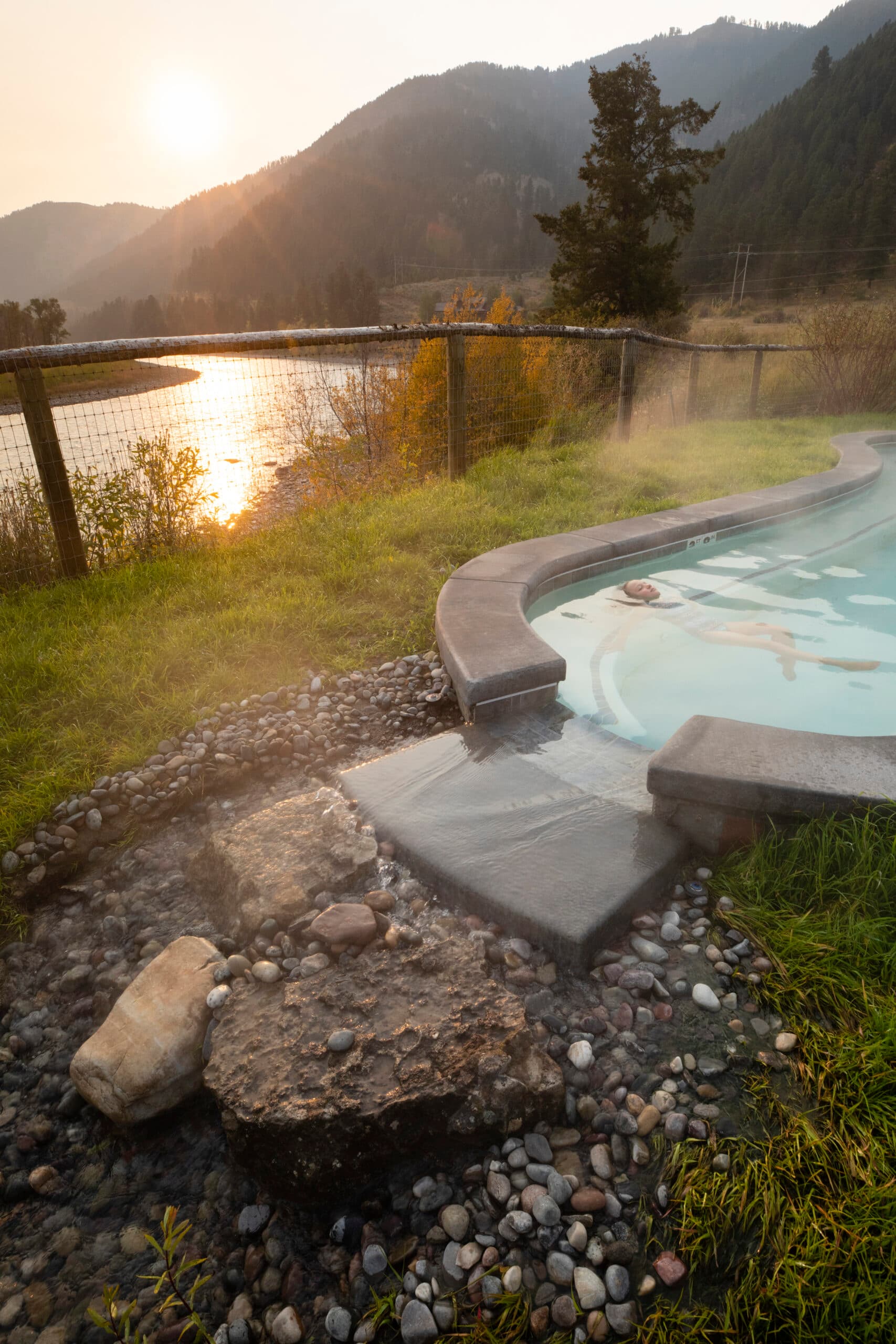
Astoria Hot Springs
Photo by David Stubbs

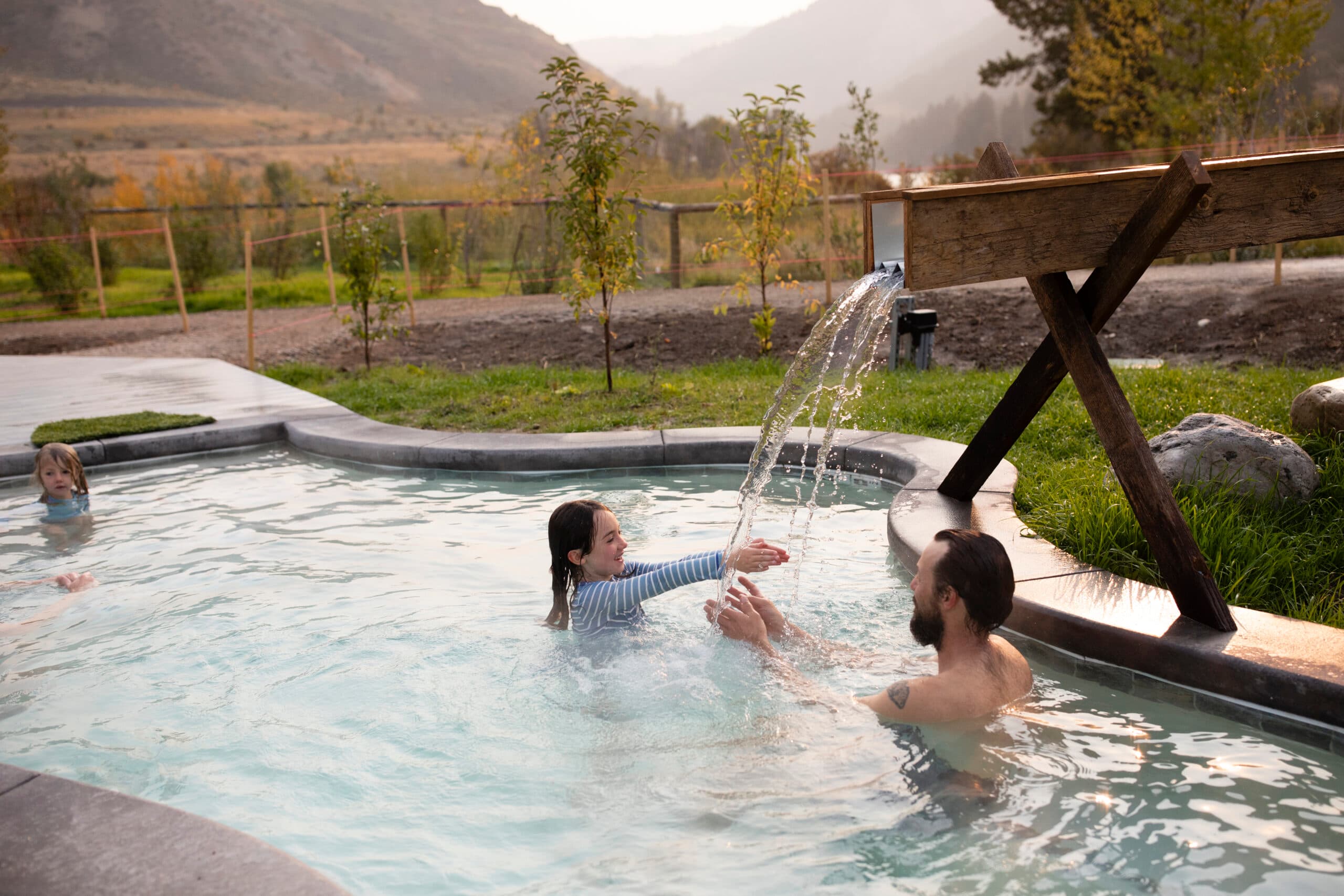
Astoria Hot Springs
Photo by David Stubbs


